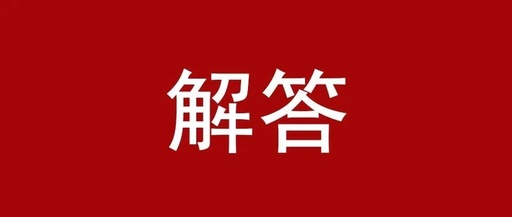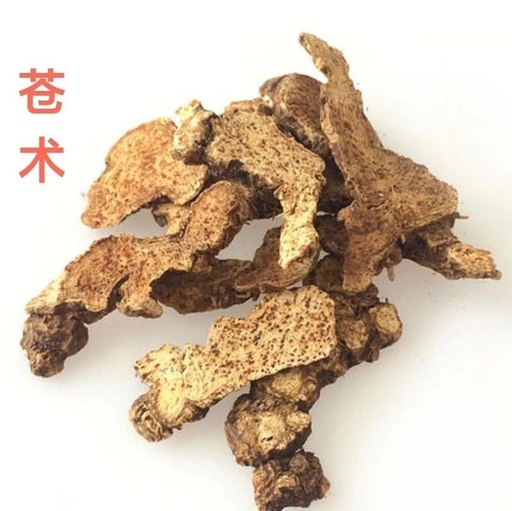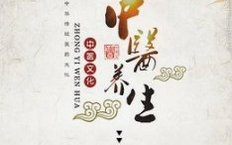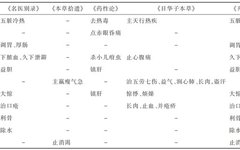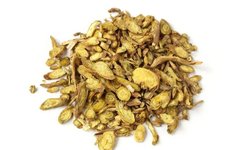The Efficacy and Nutritional Value of the Combination of Huang Bai, Zhi Mu, and Rou Gui
01 The Efficacy and Nutritional Value of the Combination of Huang Bai (Phellodendron) Zhi Mu (Anemarrhena) and Rou Gui (Cinnamon) The combination of Huang Bai, Zhi Mu, and Rou Gui can form a commonly used clinical formula known as Zi Shen Wan (Kidney Nourishing Pill), which has the effects of nourishing Yin and assisting Yang, … Read more

